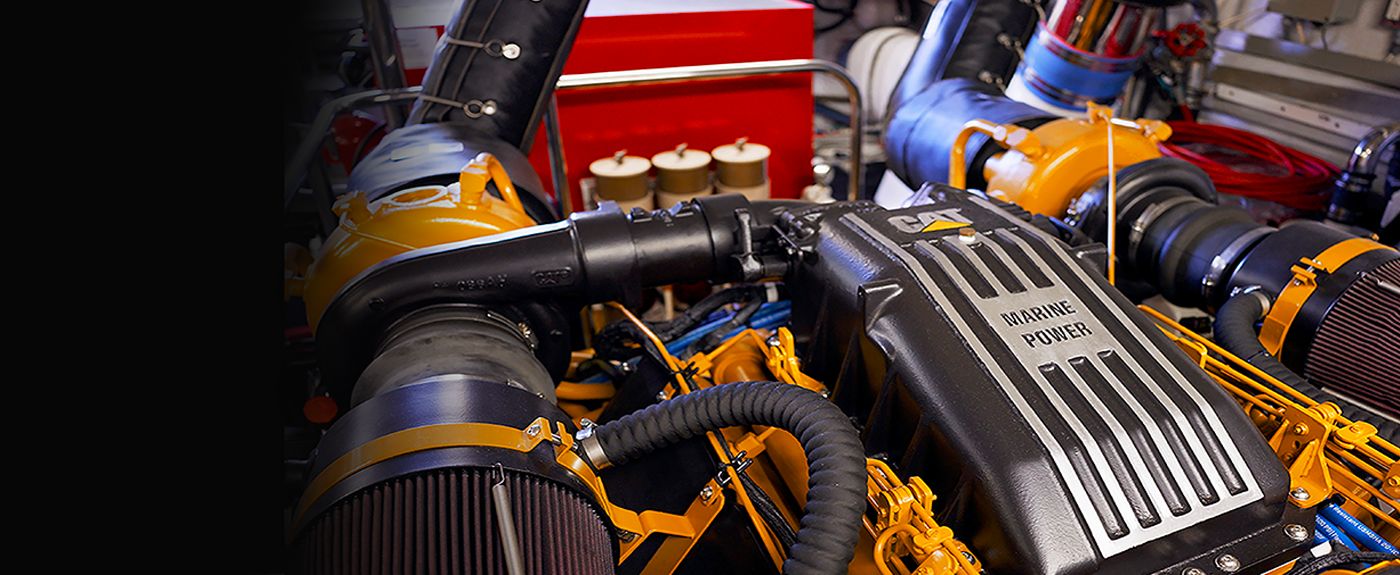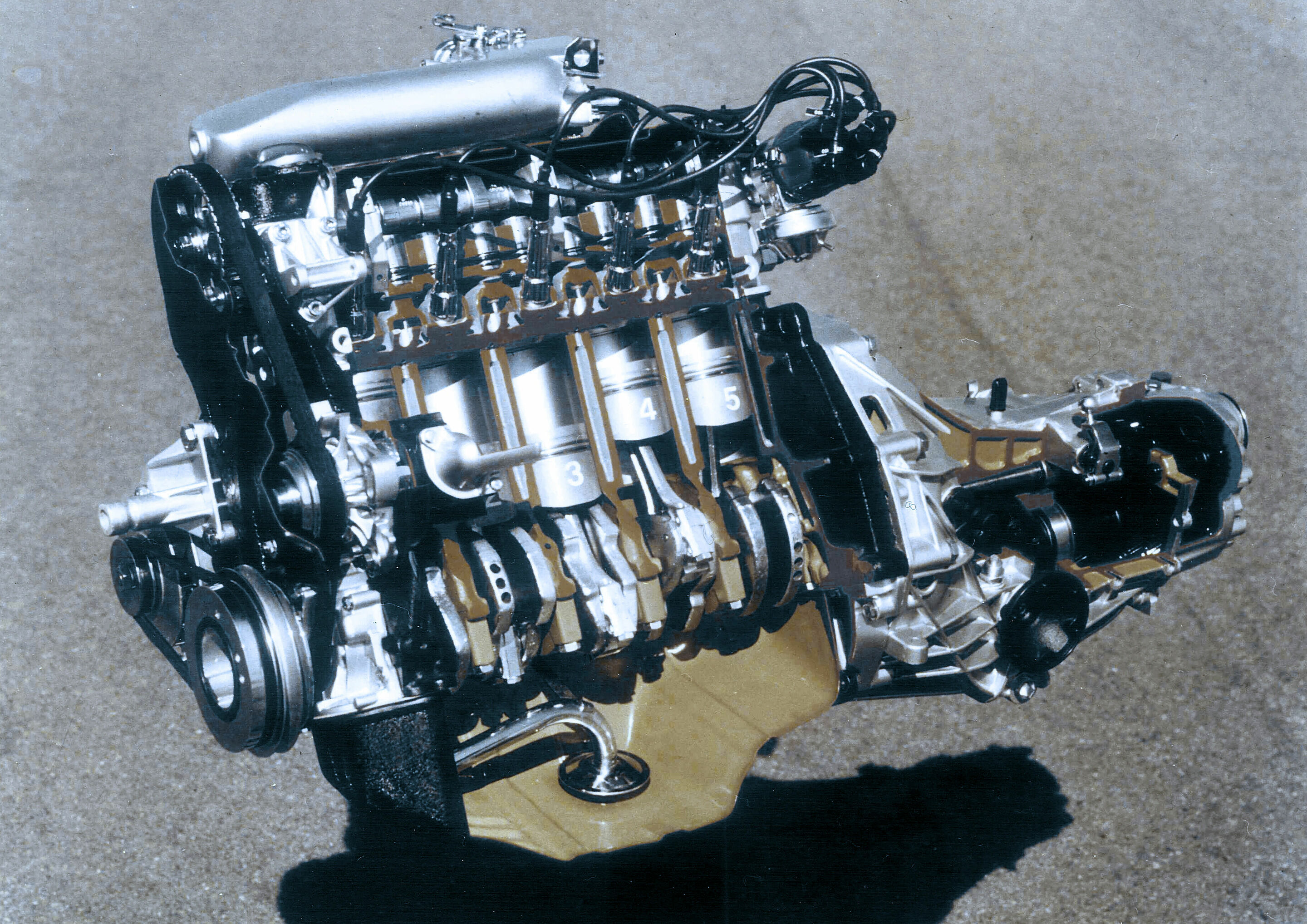Your Go-To Vehicle Parts Shop for Engines for Africa and A lot more
Your Go-To Vehicle Parts Shop for Engines for Africa and A lot more
Blog Article
The Pursuit for Ultimate Driving Power: Exploring the Pinnacle of Engine Performance and Technological Innovations in the Automotive Industry
In the realm of automobile design, the quest of optimum driving power has actually been a relentless quest that has actually unfolded through the development of engine design and the integration of cutting-edge technologies. From the precise craftsmanship of burning engines to the rapid developments in electrical propulsion systems, the automotive market stands at the cusp of a new age identified by unmatched performance capacities. As scientists and engineers dig much deeper right into the worlds of computational liquid characteristics and check out ingenious gas innovations, the perspective of opportunities increases significantly. Stay tuned as we decipher the detailed tapestry of technological advancements that are shaping the future of automobile power and efficiency.
Development of Engine Style

Furthermore, the assimilation of turbocharging and supercharging technologies has actually transformed engine design by increasing power without substantially raising engine size. These forced induction systems press the intake air, permitting for more gas to be combusted, therefore creating higher power result from a smaller sized engine. This advancement has been especially vital in boosting the efficiency of smaller sized displacement engines while keeping fuel effectiveness standards.

Performance-Enhancing Fuel Technologies
The implementation of advanced gas technologies has actually significantly contributed to boosting engine efficiency in modern-day cars. Biofuels, derived from eco-friendly resources like corn, sugarcane, or algae, deal boosted and reduced exhausts engine performance. In addition, fuel ingredients and cleaning agents are being formulated to clean engine parts, optimize combustion, and reduce rubbing, therefore improving total car performance.
Improvements in Electric Propulsion
Considerable strides in electric propulsion innovation have actually changed the vehicle sector, leading the method for a new period of lasting and reliable transportation. Electric lorries (EVs) are obtaining popularity because of their ecological advantages and improvements in battery technology, allowing longer driving varieties and much shorter charging times. Suppliers are spending greatly in r & d to boost the performance of electrical propulsion systems, focusing on raising power output, improving power effectiveness, and reducing total weight.
One remarkable innovation in electric propulsion is the development of sophisticated electric motors that supply greater torque and power thickness, causing improved acceleration and overall driving performance. Furthermore, regenerative braking systems have been fine-tuned to capture and save power throughout slowdown, further improving the efficiency of EVs.
Moreover, the integration of clever innovations, such as fabricated knowledge and predictive analytics, is maximizing the monitoring of electrical propulsion systems, guaranteeing optimal performance under numerous driving conditions. These innovations in electrical propulsion are improving the automotive landscape, driving the market towards a more lasting and amazed future.
Influence of Computational Liquid Dynamics
With innovations in electric propulsion pushing the limits of automobile technology, the combination of Computational Fluid Dynamics is playing a pivotal duty in optimizing aerodynamic performance and improving total performance in automobile style. Computational Fluid Characteristics (CFD) includes making use of computer system simulations to examine the circulation of air around an automobile, making it possible for engineers to predict just how layout adjustments will affect aerodynamics without the need for expensive physical prototypes. By accurately modeling airflow patterns, CFD enables the refinement of automobile shapes to minimize drag, enhance air conditioning, and boost stability.
One secret benefit of making use of CFD in automobile layout is the capacity to iterate swiftly, checking out countless design variants to recognize one of the most aerodynamically efficient solutions. This repetitive procedure leads to lorries that are not only sleeker and more visually attractive however also much more environmentally friendly and fuel-efficient. CFD makes it possible for engineers to optimize air flow around components such as radiators, engine bays, and wheel wells, adding to boosted efficiency and general driving experience. In verdict, the combination of Computational Fluid Dynamics represents a considerable advance in the quest for ultimate driving power and efficiency in the vehicle market.
Future Patterns in Engine Development
In the vibrant landscape of automobile design, sophisticated developments are forming the future trajectory of engine innovation. The future of engine style is noted by a solid emphasis on efficiency, efficiency, and sustainability. Suppliers are significantly concentrating on establishing engines that not only deliver high power results however likewise focus on environmental responsibility by boosting and lowering discharges fuel effectiveness.
One popular fad in engine technology is the surge of electrification. Crossbreed and electric powertrains are acquiring traction as feasible alternatives to standard combustion engines. These innovations provide the possibility for considerable decreases in carbon emissions and boosted power performance, aligning with worldwide initiatives to battle environment modification.
Furthermore, advancements in materials science and production techniques are making it possible for the manufacturing of click this site lighter and a lot more durable engine parts. This shift in the direction of light-weight materials such as carbon fiber and aluminum alloys contributes to boosted performance and gas economy.
Final Thought
To conclude, the pursuit of best driving power in the automotive industry remains to drive advancements in engine style, fuel technologies, electrical propulsion, and computational liquid characteristics. The development of these technologies is forming the future of engine advancement, leading the way i loved this for more effective and reliable cars (engines for africa). As the industry remains to push the boundaries of what is feasible, we can expect to see a lot more groundbreaking advancements in the pursuit for peak performance
One of the key milestones in engine layout advancement is the change from standard carbureted engines to contemporary fuel-injected systems. By exactly metering the fuel delivery to each cylinder, fuel-injected engines optimize combustion, resulting in far better efficiency and lowered environmental effect.
Additionally, the integration of turbocharging and turbo charging modern technologies has revolutionized engine design by boosting power without substantially raising engine dimension (engines for africa).The execution of innovative fuel innovations has dramatically contributed to improving engine performance in modern lorries. Furthermore, fuel ingredients and cleaning agents are being created to tidy engine elements, maximize combustion, and decrease rubbing, therefore boosting click for more general lorry performance
Report this page